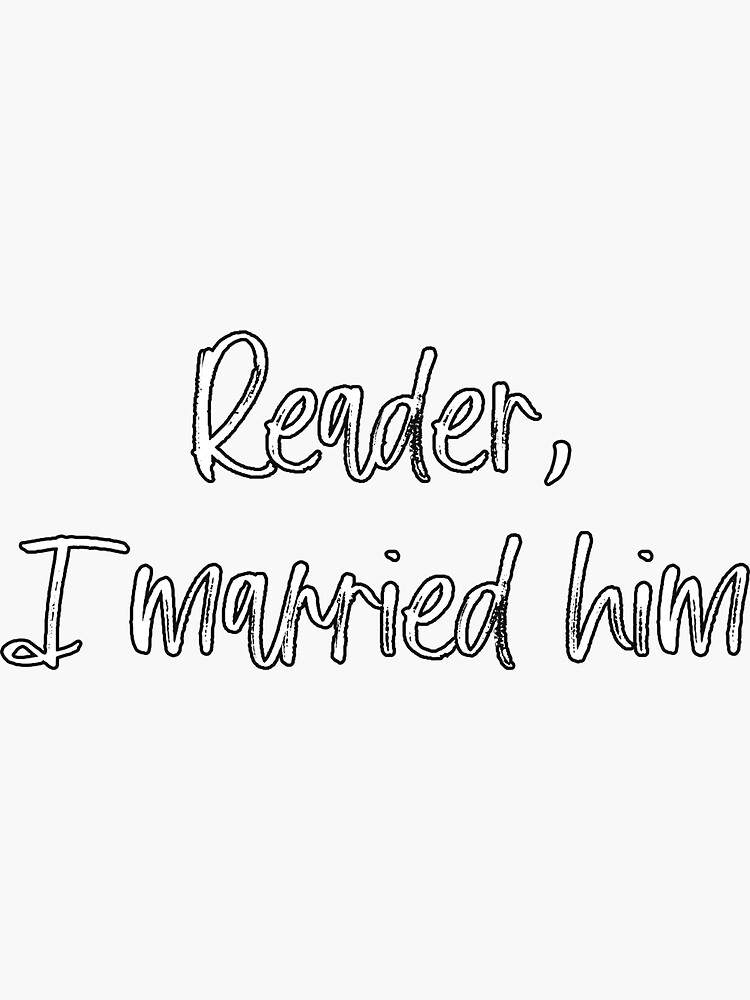

During this time the children escaped into a world of imagination and creative fantasy. Lowood Institution in the book was based largely on the Clergy Daughters School.Ĭharlotte and Emily returned to Haworth, where they remained for the next six years with their father and their surviving siblings, Branwell and Anne. Brocklehurst, while Maria Brontë served as the model for Helen Burns. Reverend Wilson became the model for the character Mr. More than twenty years later, Charlotte's experiences at the school would form the basis of several characters, incidents, and settings in Jane Eyre. The two eldest Brontë sisters, Maria and Elizabeth, both developed tuberculosis and died the following year. Conditions at the school were strict and physically harsh. In 1824 Reverend Brontë sent his four eldest daughters to the Clergy Daughters School at Cowan Bridge, Yorkshire, run by a Reverend Carus Wilson. Brontë died of cancer the following year. They took up residence in the small parsonage next to the local parish church where Reverend Brontë was minister.

In 1820 the family moved to Haworth, an isolated mill town on the edge of the Yorkshire moors. Charlotte's mother, Maria Branwell, was originally from Penzance, Cornwall, at the southwest tip of England. Her father, the Reverend Patrick Brontë (originally Brunty), came from an impoverished Irish family he had immigrated to England in the late 1700s and studied at Cambridge University before being ordained as a clergyman in the Church of England. Only seven years separated the eldest, Maria, from the youngest, Anne. She was the third child in a family that soon consisted of five girls and a boy. Yet critics have discerned a number of autobiographical elements in the book.Ĭharlotte Brontë was born on March 31, 1816, in the village of Thornton in the West Riding of Yorkshire (now West Yorkshire), England. In appealing to both the head and the heart, Jane Eyre triumphs over its flaws and remains a classic of nineteenth-century English literature and one of the most popular of all English novels. It is a work of fiction with memorable characters and vivid scenes, written in a compelling prose style. The book is not a tract any more than it is a potboiler. But again, if its concerns were only topical, it would not have outlived the time in which it was written. Her book has serious things to say about a number of important subjects: the relations between men and women, women's equality, the treatment of children and of women, religious faith and religious hypocrisy (and the difference between the two), the realization of selfhood, and the nature of true love. In writing Jane Eyre, Charlotte Brontë did not write a mere romantic potboiler. Yet if this all there were to Jane Eyre, the novel would soon have been forgotten. The story of the young heroine is also in many ways conventional-the rise of a poor orphan girl against overwhelming odds, whose love and determination eventually redeem a tormented hero. On the surface, the novel embodies stock situations of the Gothic novel genre such as mystery, horror, and the classic medieval castle setting many of the incidents border on (and cross over into) melodrama.

Published in 1847, Jane Eyre brought almost instant fame to its obscure author, the daughter of a clergyman in a small mill town in northern England.


 0 kommentar(er)
0 kommentar(er)
